Blue clematis: an overview of varieties
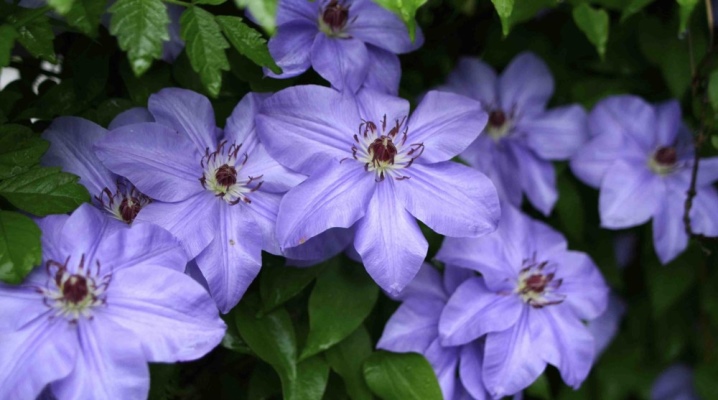
Among the climbing flowers in gardens and urban landscapes, clematis are often found. Varietal variety, rich color range of shades, unpretentious care make this plant so popular and beloved among gardeners. Blue specimens represent a very common group among clematis. The shape, texture, size of flowers are different, depending on the variety. You can choose for any, the most fastidious taste.
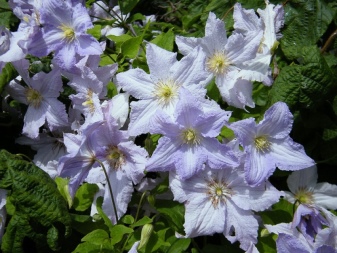
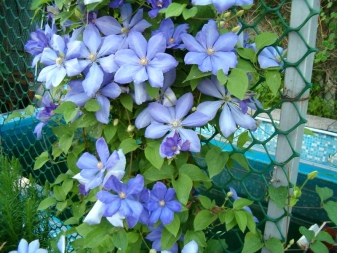
Varieties and their description
Clematis can be of different colors, but blue specimens are especially popular in gardens, as this shade brings freshness and purity to the landscape composition. The range of shades is very rich - from dark blue to pale blue. The name Clematis is often replaced by "Clematis" this group of climbing perennials, which includes a huge number of varieties. External beauty, excellent growth ability, undemandingness made this group so widespread.
Almost all varieties are actively bred and grown in different regions. In total, the number of varieties ranges from 300 pieces.
Clematis is used:
- in decorating fences and fences;
- when decorating gazebos, open verandas;
- as a cover;
- in gardens and open areas.
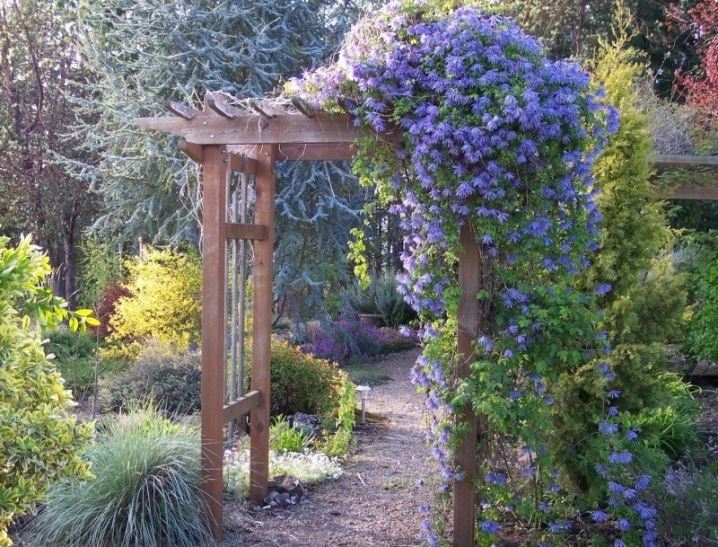
Varieties belong to different types, there are many hybrid representatives. Large-flowered, small-flowered, terry clematis, clematis with bell-shaped flowering are very popular. They bloom most often during late spring and early summer. Botanical varieties are less common, but bloom at a later time. Thus, different species can be combined on a flower bed and ensure its constant flowering for the entire season. Pruning of flowering plants is carried out at different times, depending on the flowering. There are 3 trim groups:
- in June - blooming in spring;
- in September - summer type varieties;
- in the spring - late flowering.
External description:
- can be liana-like, curly, but there are specimens with an erect stem;
- leaf of the opposite type, there are varieties with whole, triple, double, pinnate leaves, as well as broad-leaved;
- flowers are large, located one by one;
- the perianth may consist of 4 or more sepals.
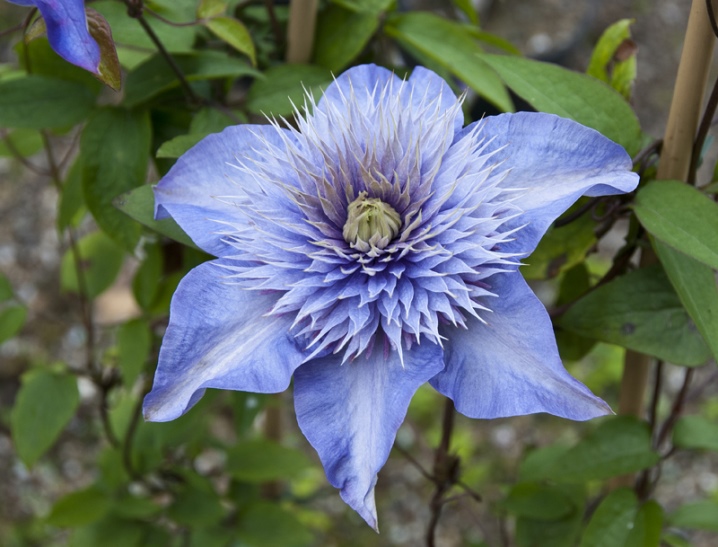
There are many classifications of this plant, for non-professionals it is optimal to use a simplified division into species:
- large-flowered, among which there are curly and bush clematis;
- small-flowered;
- mid-flowered.
The large-flowered variety is considered the most numerous, demanded and spectacular.
In this group, there are representatives with inflorescences, the diameter of which reaches 25 cm.The minimum circumference in this species is 15 cm. These specimens bloom most often early. This group does not tolerate cold and drought, therefore, they require abundant moisture in the season and shelter for the winter.
Representatives of this species bloom profusely and for a long time, they look luxurious. There are a lot of varieties, including blue, and every year new varieties and hybrids are created. Large-flowered blue clematis can be with double and semi-double, you can find flowers with a heavenly shade of any intensity. Often there are striped inflorescences of two colors. Among them there are both early flowering and late flowering varieties.
Small-flowered and medium-flowered clematis are not so expressive, but they are also very beautiful and diverse in terms of variety choice.



The most common blue varieties are:
- Fujimusume - Japanese representative, large bloom, bright azure color, yellowish anthers;

- "Diamond Ball" - most often white and blue with symmetrically located petals;
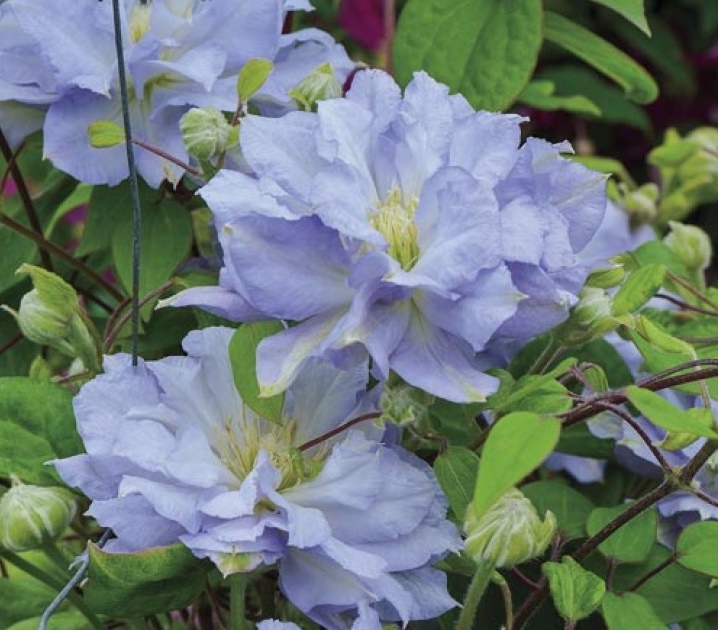
- "Anastasia Anisimova" - the variety has a light blue tone, diameter up to 13 cm, grows well in regions with cold climates;
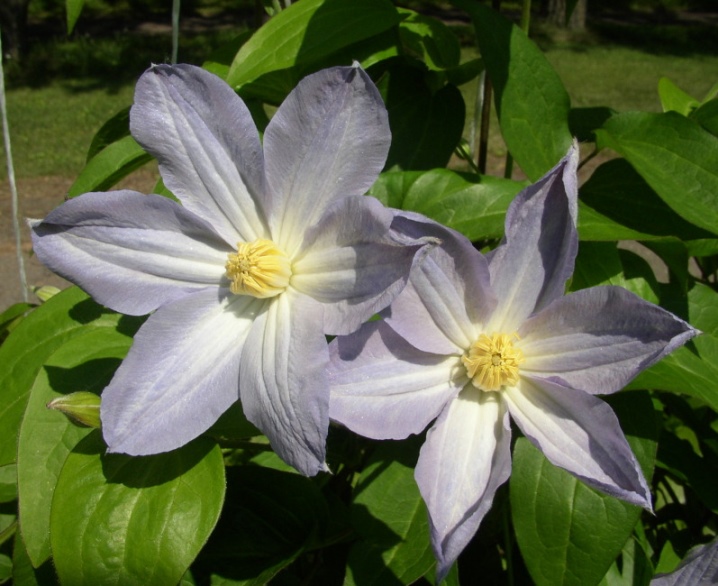
- "Ramona" - color with dark blue, purple stamens, diameter up to 12 cm, grows well in the south;
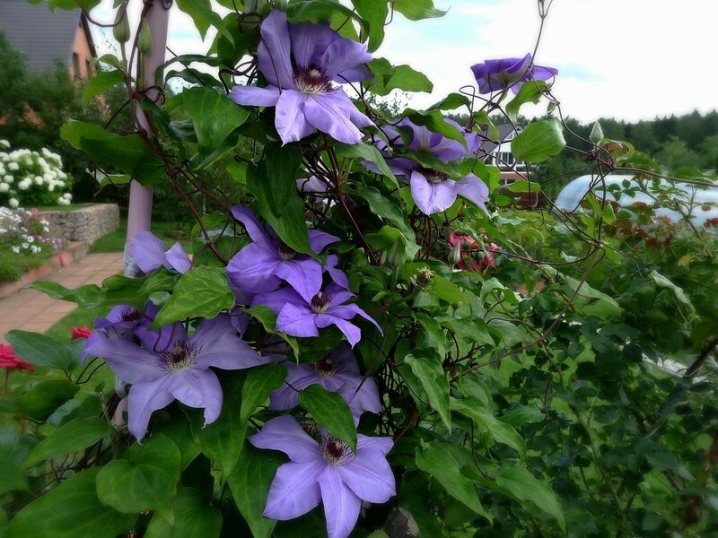
- "Ascotiansis" - have petals of a corrugation of a blue hue, diameter up to 15 cm, blooms late;

- Betty Corning - these are blue bells, very delicate and beautiful, in need of high-quality pruning, good lighting, ideal for hedges;

- "Knyazhik" - delicate flowers with terry or semi-double in shape resemble bells, bloom in spring and summer, tolerate frost well, do not need pruning;
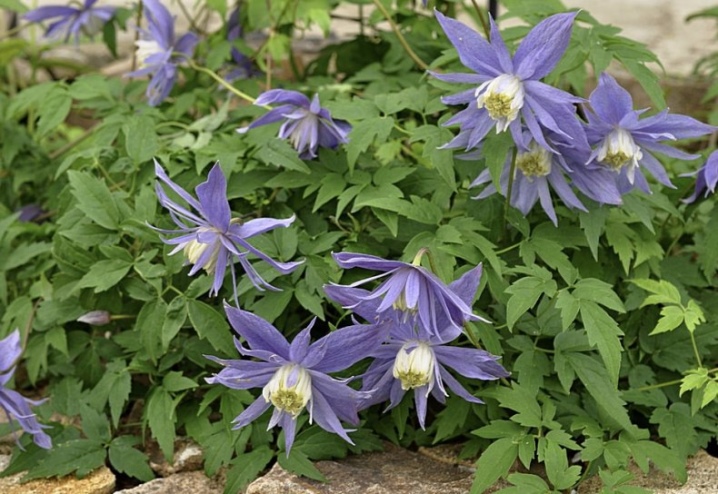
- "Blue puppy" - domestic variety, large-flowered tall plant, flowering diameter up to 16 cm, has high decorative qualities and a pronounced aroma, unpretentious;
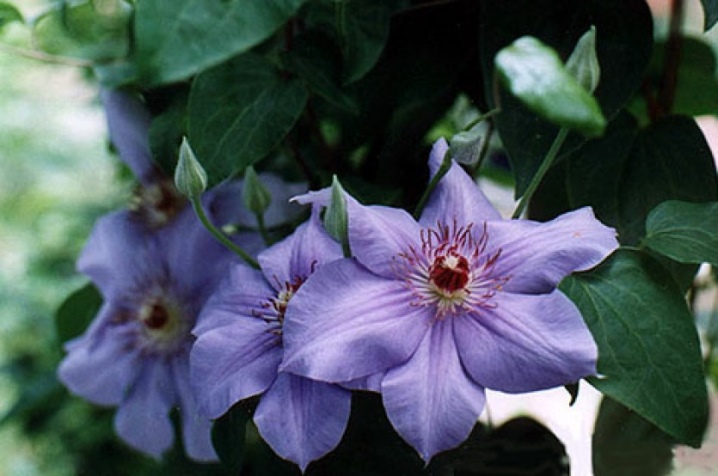
- "Blue rain" - bell-shaped flowers of drooping type, small (up to 5 cm) in diameter, deep blue color with yellowish anthers, large leaf;
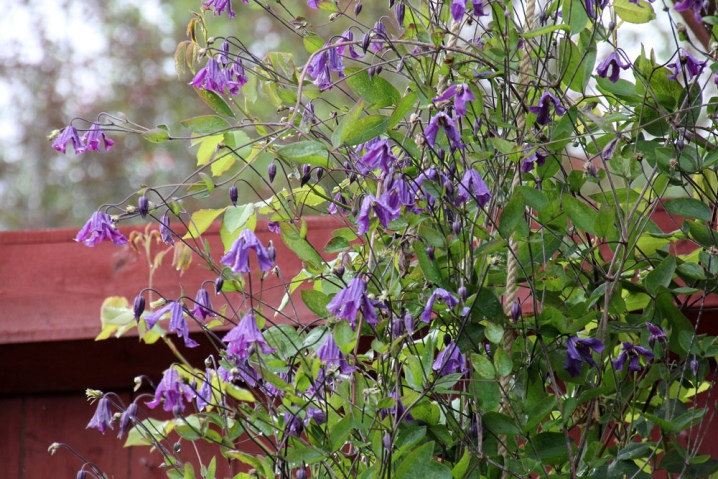
- "Mazuri" - Polish variety, very highly appreciated by experts, the color is bright bluish or lilac, spotting is possible, the type of flower is terry, prefers a sunny area, does not like drafts.
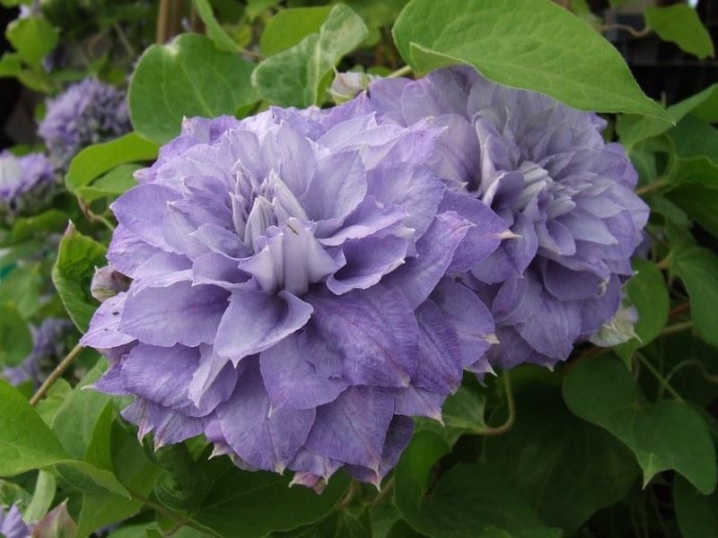
Separately, gardeners distinguish the Zhakman group, in which there are many varieties and bush-type hybrids. External characteristics of the group:
- large flowering up to 10 cm in diameter;
- the color scheme is varied, the blue shade is saturated;
- petals may have stripes, veins, pubescence;
- not frost-resistant, do not like winds.

General rules for growing
Growing clematis is not too difficult. It is enough to know and observe some features and rules:
- the plant is fast-growing, so the shoot can grow up to 15 cm per day;
- it is necessary to choose a place where there is enough sun and a minimum of winds;
- be sure to prepare a drainage layer when planting and organic fertilizing;
- the plant requires regular watering, but the water should not stagnate;
- it is good if the soil is poorly permeable to water;
- roots need shelter for the winter;
- when disembarking, measure the distance from the fence - you need to make an indent of about 70 cm;
- when planting, the root system straightens out in the pit;
- bushes are located at a distance of 1.5 m;
- grilles should be installed in the direction from east to west;
- moisten the roots before planting;
- a hole is dug according to the size of the roots, the minimum depth is 70 cm;
- be sure to consider the region and its climate when buying a clematis variety;
- disembarkation can occur both in the spring and in the fall;
- soil for dusting the roots is formed from one part of compost, one part of sand, one part of peat and fertilizers with phosphate;
- after backfilling, the seedling needs to be watered.
Moistening the soil is carried out every 5 days, under the bush - 1 bucket of water, then loosening is necessary.
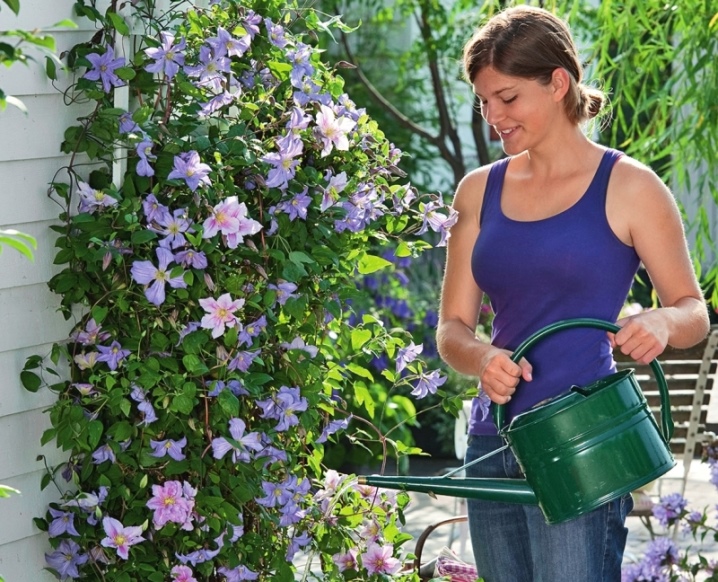
Weeding should be done periodically. Pruning with pruning shears or scissors is incredibly important for the healthy growth of clematis. Firstly, if necessary, branches with damage, dry, burnt out are removed. Secondly, special pruning for rejuvenation is to remove branches that are 3 years old. This procedure ensures the development, lush flowering of the plant. Pruning is carried out in tiers:
- the length of the shoots in the first tier is up to 1.5 m;
- in the second - up to 1 m;
- in the third - up to 3 kidneys.
Flowering will be more active if necessary dressing is carried out during the formation of inflorescences.

Reproduction
Reproduction of blue clematis is carried out in different ways, depending on the group: small-flowered - by seeds, large-flowered in this case lose varietal characteristics, therefore it is better to use the division of the bush. This procedure makes sense if the plant is more than 5 years old. Algorithm of actions:
- lateral roots are cut with a shovel along with the stem;
- disembarkation takes place separately;
- such a bush begins to grow rather quickly and bloom actively.
They also practice the method of layering, this procedure is carried out in the spring. The lateral process is pressed to the ground and fixed. The largest bud is sprinkled with fertile soil. Thus, the rooting of the branch takes place, which after a year can be planted separately.
Another method is grafting, suitable for obtaining a large number of layers:
- strong adult shoots are selected, both with bark and green;
- the middle part is cut out and a stalk is formed;
- the cut is straight from the top, angular from the bottom;
- knots should be tied on the shoot, at least 2 pieces;
- rooting is carried out in a greenhouse, greenhouse.
The method of grafting is used extremely rarely, only for those varieties that cannot be propagated in another way. As a rule, these are rare and expensive varieties.
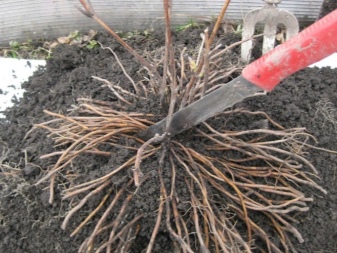
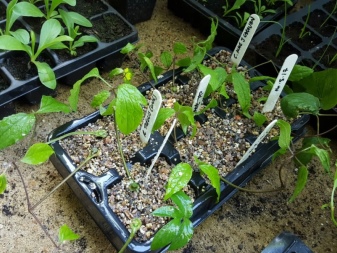
Examples in landscape design
Blue curly flowers are successfully used in the decor of garden arches.
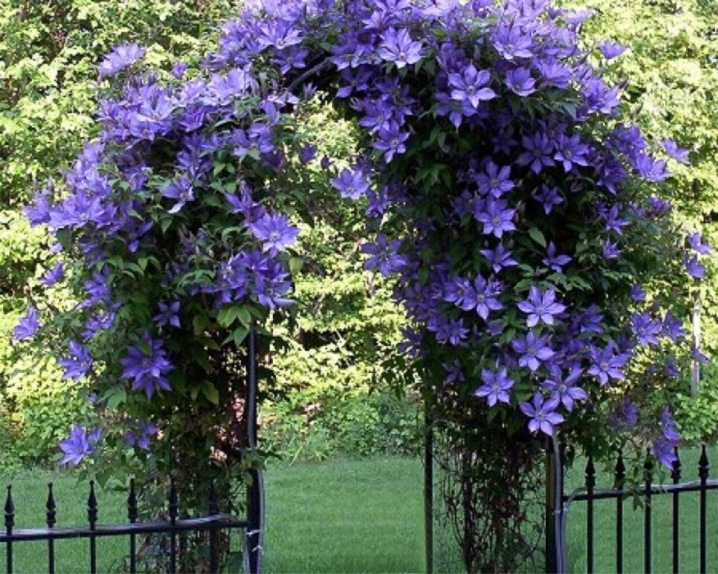
The tree trunk in the garden, decorated with flowers, looks extremely impressive.
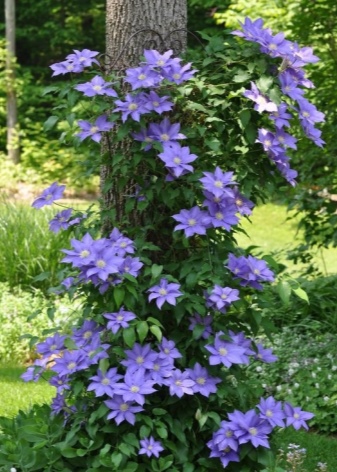
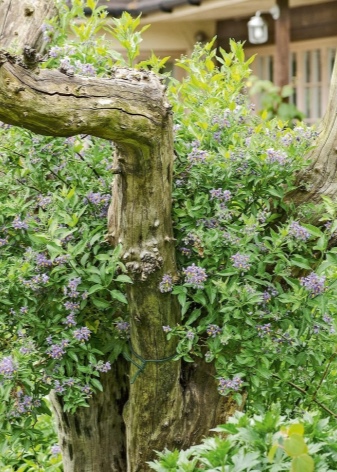
The decor of the fence and fences with these plants is a very popular solution.
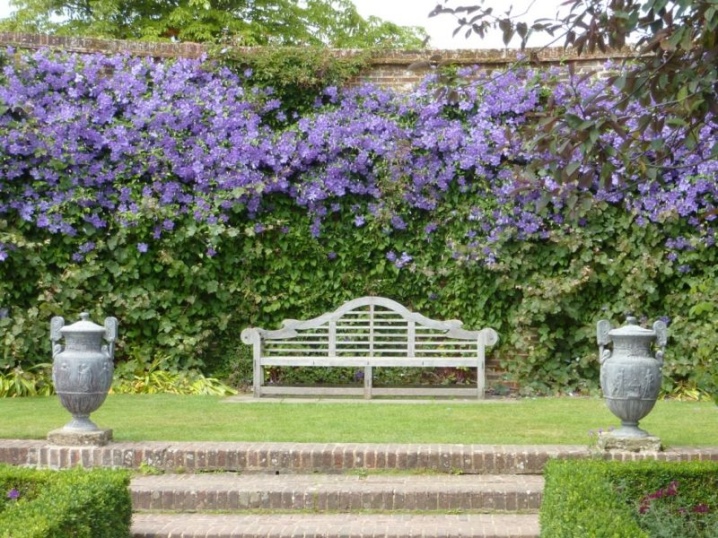
Clematis is actively used in decorating garden pavilions.


The exuberant bloom of blue clematis can bring notes of brightness and freshness to any landscape design.
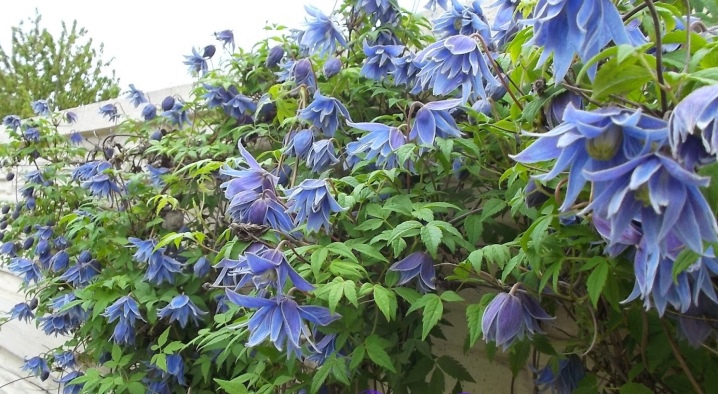
For information on how to plant clematis, see the video below.







































































































The comment was sent successfully.